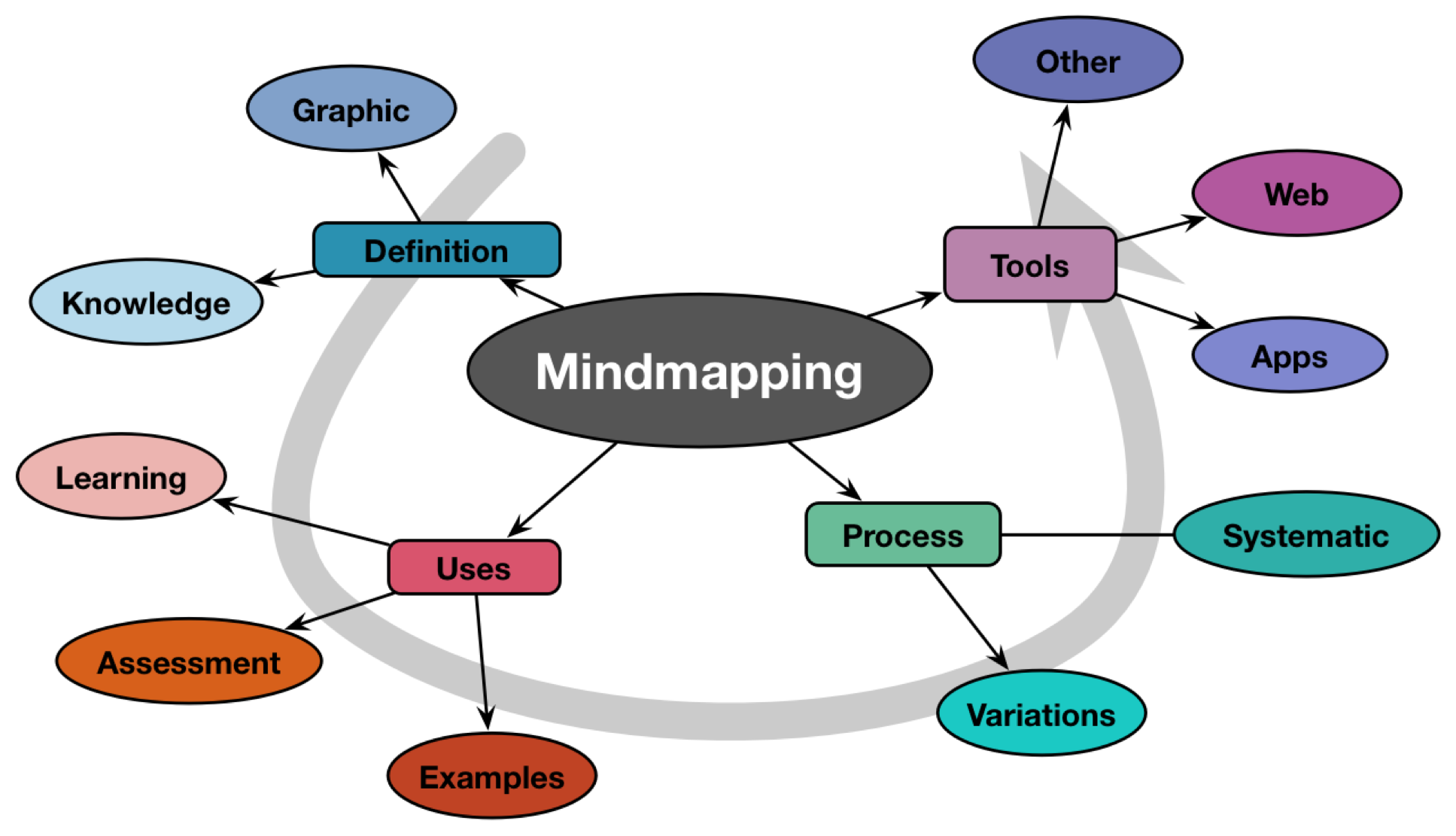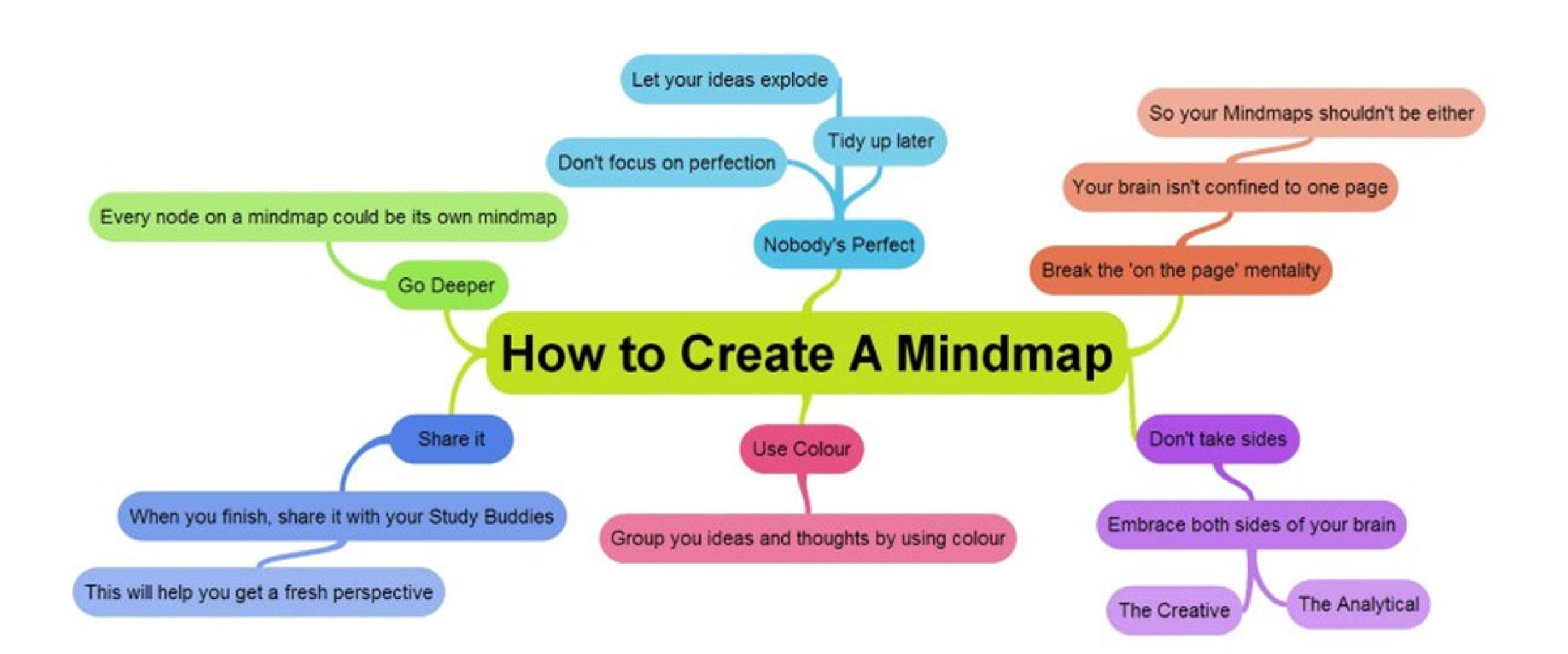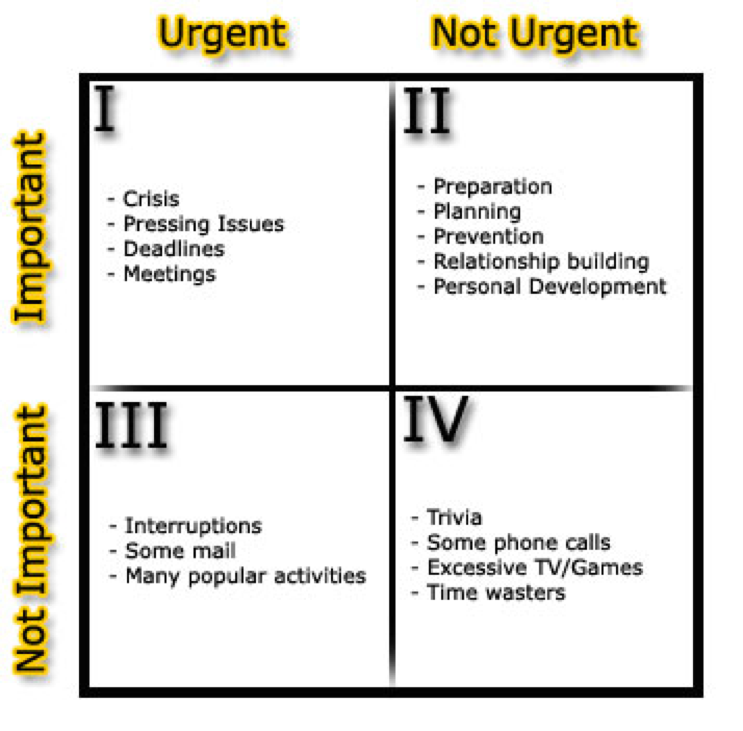Part Five: Aligning Research Results with Decision-Making—Mind Mapping and Boxes

Stephen Abram
In my country (Canada), mind mapping is in the curriculum from a very early age. This skill is a foundation for critical thinking and, indeed, project and report creation and development—as well as beginning the research, discovery and exploration process.
Mind Mapping
“A mind map is an easy way to brainstorm thoughts organically without worrying about order and structure. It allows you to visually structure your ideas to help with analysis and recall.
A mind map is a diagram for representing tasks, words, concepts, or items linked to and arranged around a central concept or subject using a non-linear graphical layout that allows the user to build an intuitive framework around a central concept. A mind map can turn a long list of monotonous information into a colorful, memorable and highly organized diagram that works in line with your brain’s natural way of doing things.
If you’re looking for mind mapping examples, or software to create a mind map, be sure to check out MindView mind mapping software.”


“Although the term “mind map” was first popularized by British popular psychology author and television personality Tony Buzan, the use of diagrams that visually “map” information using branching and radial maps traces back centuries.“
“Buzan suggests the following guidelines for creating mind maps:
- Start in the center with an image of the topic, using at least 3 colors.
- Use images, symbols, codes, and dimensions throughout your mind map.
- Select key words and print using upper or lower-case letters.
- Each word/image is best alone and sitting on its own line.
- The lines should be connected, starting from the central image. The lines become thinner as they radiate out from the center.
- Make the lines the same length as the word/image they support.
- Use multiple colors throughout the mind map, for visual stimulation and also for encoding or grouping.
- Develop your own personal style of mind mapping.
- Use emphasis and show associations in your mind map.
- Keep the mind map clear by using radial hierarchy or outlines to embrace your branches.”
- [source:Wikipedia]
By mind mapping a specific goal, you start to build a path to implementation. Indeed, it may be a useful exercise to mind map the library professional’s approach/needs versus those of the client.
BCG Matrix
The growth–share matrix (aka the product portfolio matrix, Boston Box, BCG-matrix, Boston matrix, Boston Consulting Group analysis, portfolio diagram) is a chart that was created by Bruce D. Henderson for the Boston Consulting Group in 1970.
It helps organizations analyze their product portfolio to prioritize the allocation of resources. As an analytical tool to review ideas, projects and services it serves as a good starting point to review where to grow, cull, disinvest, or choose.

There is no real magic in cows, dogs, starts and question marks and you can feel free to label the four-box matrix and the axes any way you want to match your goals and filters. For example:

Either way, you’ve added value by moving from lists and information to something more organized, containing direction, and providing insight that guides research and discussion.
Stephen

Stephen Abram
Similar Posts
Recent AI Developments Special Librarians Should Know About
Staying ahead of artificial intelligence advancements is a challenge. This post explores two key developments: test-time compute and OpenAI’s transformative Deep Research tool.
Growing Your Leadership Skills: 7 Tips for Special Librarians
Great library leaders aren’t born—they’re made through learning self-reflection and practice. Here are seven strategies to help you grow and lead with impact.
Keeping Up with Copyright and Generative AI: What Special Librarians Need to Know
As generative AI becomes more prevalent copyright law is evolving to address its impact. A new report from the U.S. Copyright Office provides guidance on what is (and isn’t) copyrightable.
Understanding Shadow AI: Risks Costs and Governance
AI can enhance search discovery and efficiency but unsanctioned adoption—known as “shadow AI”—can lead to budget overruns and compliance risks. Here’s how to evaluate AI pricing models and build a governance strategy that balances innovation with cost control.





